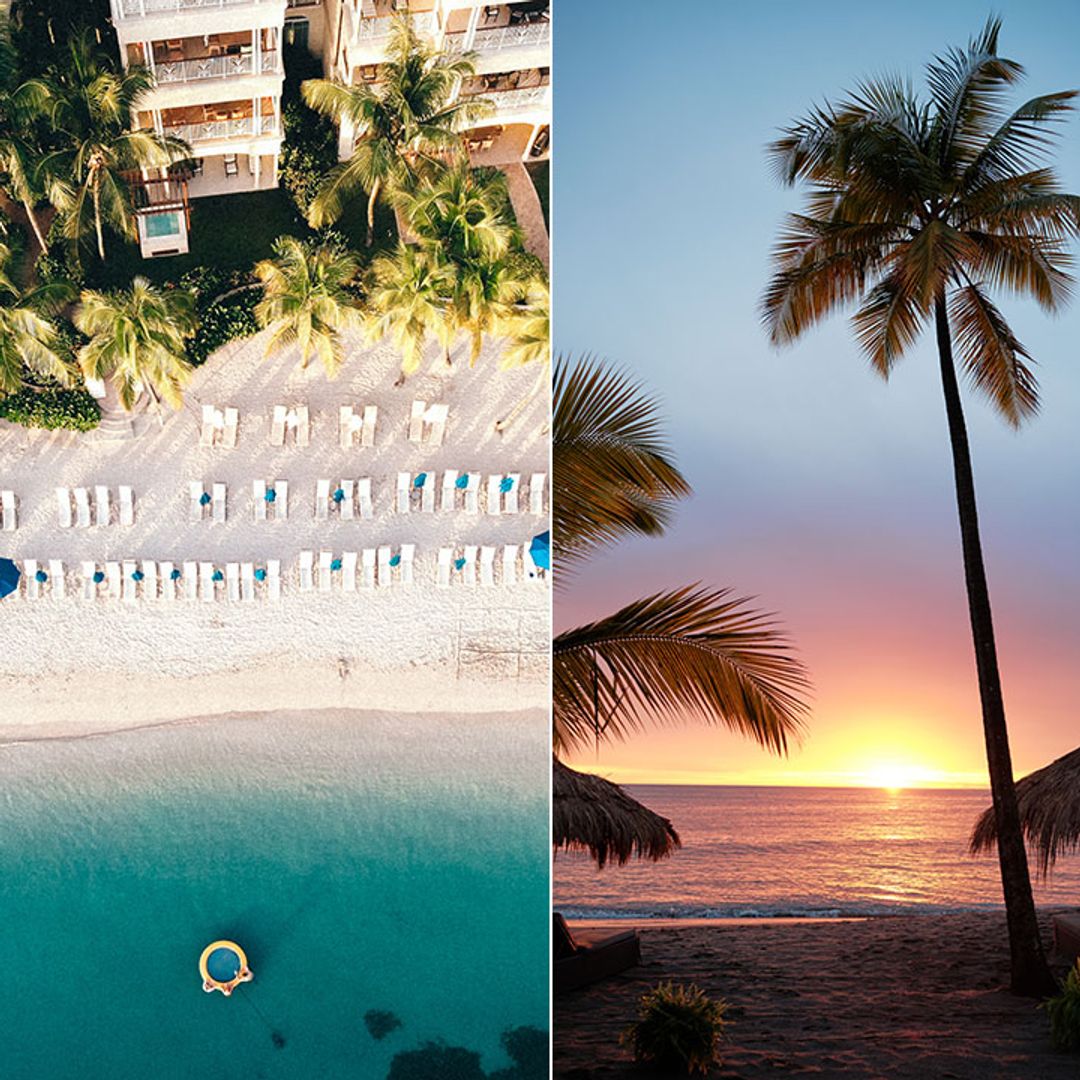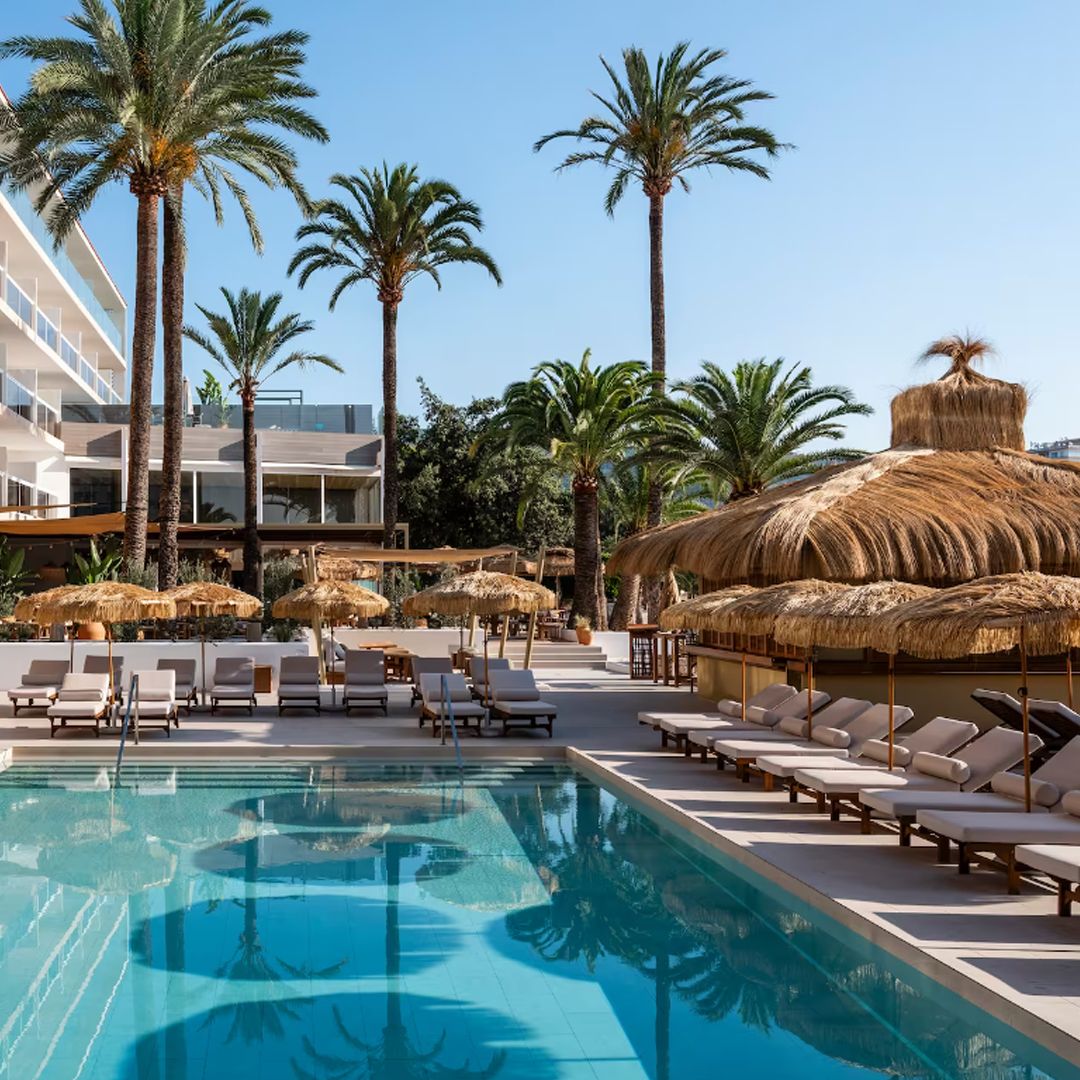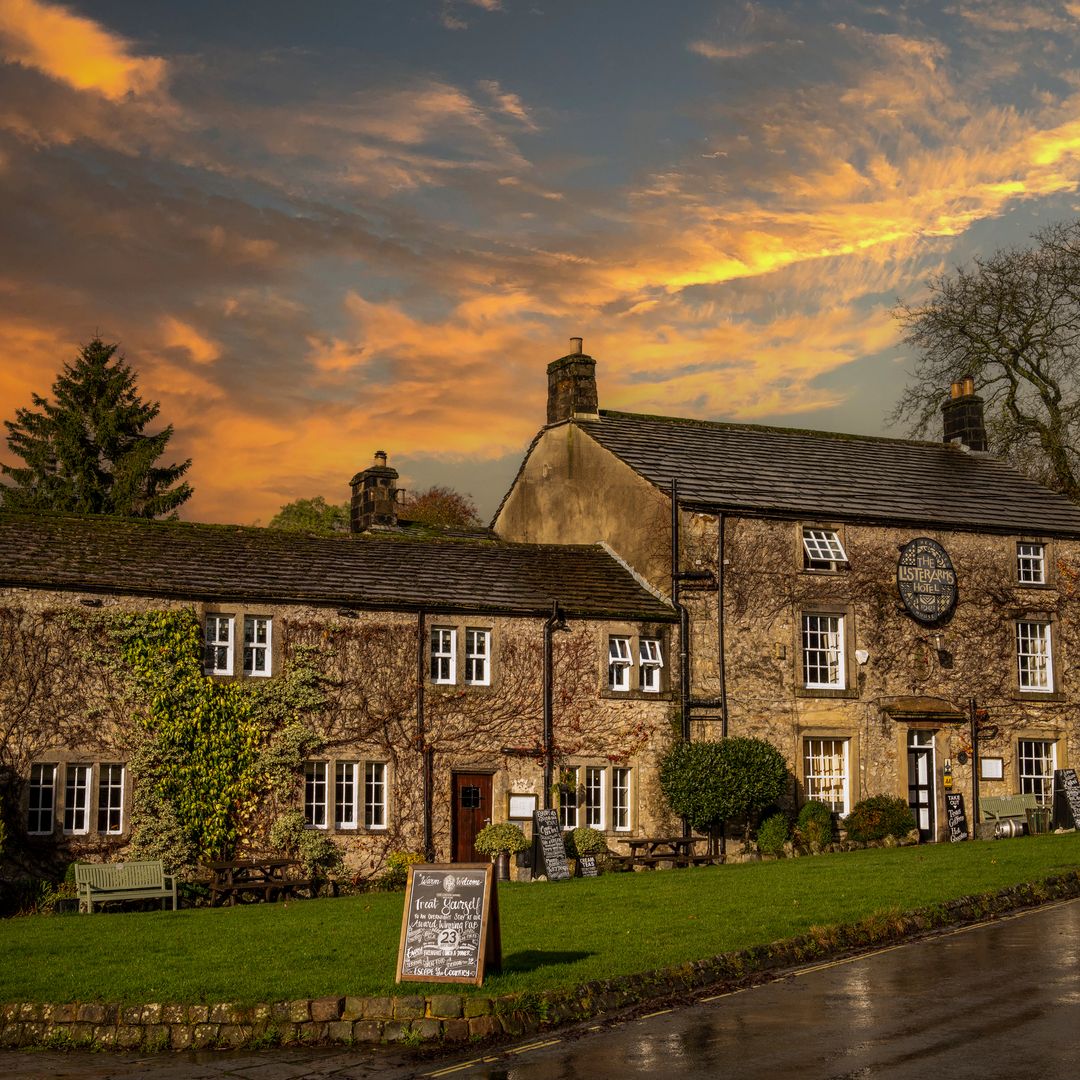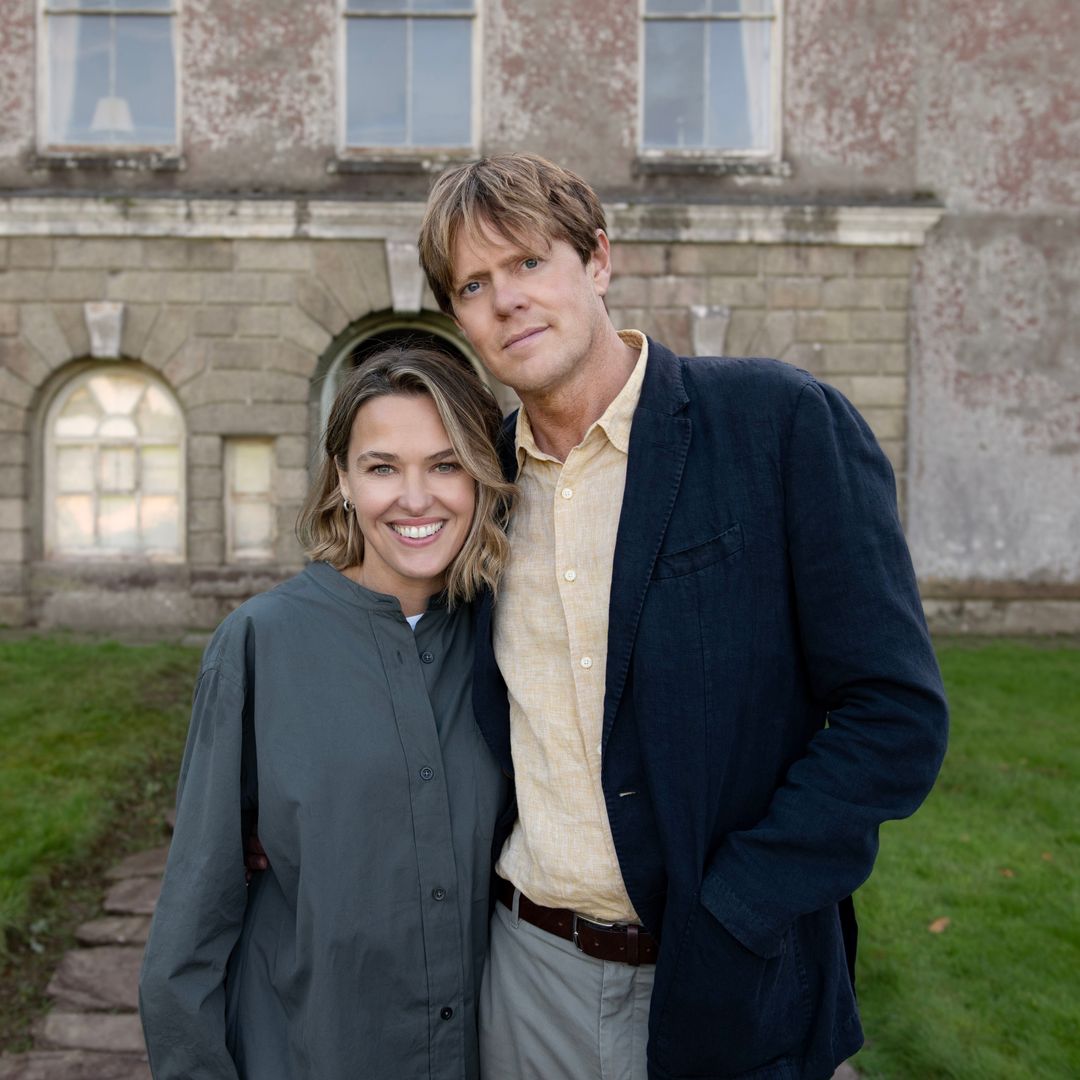Cliffs, vineyards and lemon groves, mansions that look out to the sparkling sea across the hilltops, and heart-stopping views at each twist in the road that weaves its way along the Amalfi Coast: La Strada Statale 163, popularly known as the Nastro Azzurro – the blue ribbon – runs for just over thirty kilometres and the trip's worthwhile for the pure pleasure of the driving experience. A stone's throw from Naples, the magnificent coastline between Positano and Vietri sul Mare includes all the essence and glamour of the Mediterranean.
There was a time when it was almost impossible to reach the beautiful villages perched on a ledge neatly set between sea and mountains by the ancient gods of nature; the sea was the only means of access until the mid nineteenth century when Ferdinand II, King of the Two Sicilies, ordered the construction of the winding road that opened the way for the discovery of the Amalfi Coast by a legion of artists, writers and aristocrats.
Back in 1819, while travelling in Italy, Turner visited Ravello, and the sketches he made there now hang in the Tate Gallery in London; in the spring of 1880 Wagner, also in Ravello, composed the second act of Parsifal, evoking the scent and beauty of the gardens of Villa Rufolo; a few decades later, this was the very un-English setting where D H Lawrence penned some of his then-scandalous novel Lady Chatterley's Lover. By then, this home of peasants and fisher-folk had become an open secret among travellers of good taste: Lord Byron, Goethe, Virginia Wolf, Grieg, Andre Gide, John Steinbeck, Graham Greene, Truman Capote, Miro and Picasso are among the many intellectuals and artists who have been drawn to the Amalfi Coast over the last two centuries.
And, as if this were not enough to endorse it as a high-class destination, Hollywood added its own contribution to the fame and fortune of the area, bringing it into the public eye as it gained new devotees from the silver screen: Greta Garbo, Humphrey Bogart and John Huston, Sophia Loren, Franco Zeffirelli and Rudolf Nureyev, who bought summer villas here, where they celebrated flamboyant parties whose guest lists included la creme de la creme.
An ambience of glamour still envelops the magnificent villas and hotels, each with their own particular stories to tell, and is set off by the picturesque tradition of the ancient villages dotted along the Blue Ribbon road. After Vietri sul Mare, famous for its colourful ceramics, comes Cetara with its centuries-old tradition of fishing and preserving anchovies; then the secluded beach of Erchie and the outcrop of Capo di Orso, the lovely villages of Minori and Atrani and, of course, the aristocratic Ravello, with its narrow streets and flower-decked villas, perched high on the cliffs, and Amalfi itself, the capital of the ancient maritime republic, whose steep streets brim with Renaissance treasures and patrician palazzos.
Travelling onwards, the fishing villages of Conca dei Marini and Praiano are the ideal setting to find a little restaurant overlooking the sparkling waters of the Mediterranean, and relax over a plate of home-made pasta with mussels, or sample the region's glorious mozzarella cheese. A chilled limoncello or a glass of the local Furore wine is the perfect accompaniment to a beautiful sunset and your first forays into the dolce vita as practised along the Amalfi coast. And finally, the bewitching picture-postcard Positano, which Steinbeck described as “a dream place,” and whose pastel-coloured houses, clustered on the hillside were the inspiration for Mongibello in Patricia Highsmith's The Talented Mr Ripley.
THE PRACTICALITIES
Getting around In order to have the freedom to explore as the whim takes you, it's best to hire a car at the airport (Naples is the nearest). Alternatively, given the relatively short distances involved, a Vespa can be a fun mode of transport.
Where to stay The coast is dotted with legendary hotels whose guest-books have been signed by a string of A-listers, artists and intellectuals. In Positano, Le Sirenuse or Il San Pietro, the Santa Caterina, on the edge of Amalfi, or the Caruso, in Ravello. There are also villas and houses for rent in the area.
Where – and what – to eat local mozzarella made from buffalo milk has its own EU protected designation of origin, then there's mozzarella fior di latte made from cow's milk, which may come twisted into a plait, or smoked, and the mild, unripened bocconcini... Other typically Mediterranean produce such as tomatoes and olives, may be simple, but are usually perfectly fresh and incredibly tasty. And, of course, seafood and pasta. In Ravello, Rossellinis at the Palazzo Sasso boasts two Michelin stars or there's the less formal option of al fresco dining on the Terraza Belvedere. The famous family-run Don Alfonso in Sant'Agata has its roots back in the nineteenth century, and La Conca del Sogno, in Nerano, is a wild and romantic setting, with tables looking out over the islets of the Sirenuse archipelago, where the mythical sirens were said to have lived.








